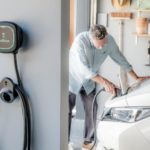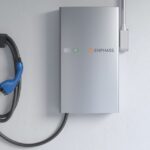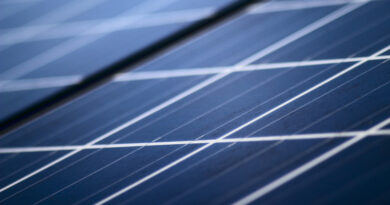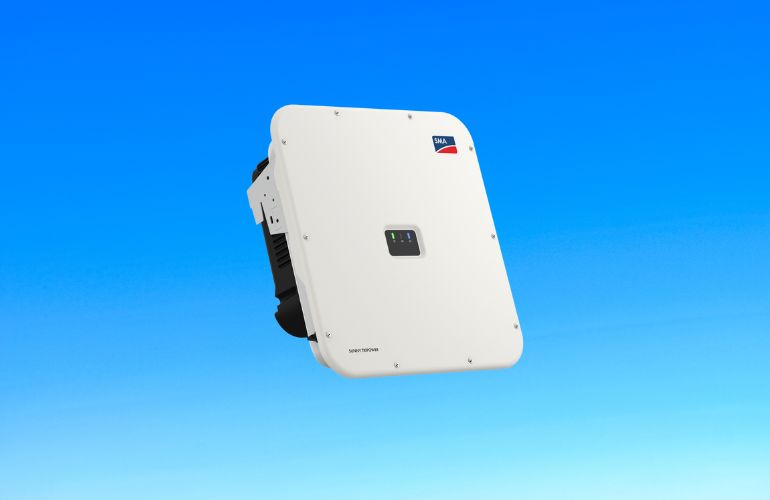Wallbox releases Eco-Smart power management platform for smart EV charging
EV charging and energy management company Wallbox has launched a home energy management feature for the U.S. market, the Eco-Smart and Power Boost. Eco-Smart and Power Boost come standard with Pulsar Plus, the smallest available smart home EV charger in North America, capable of 48-amp (11.5-kW) charging.
 “These latest features represent a leap forward in how EV owners can charge their vehicles at home,” said Douglas Alfaro, General Manager of Wallbox North America. “With the release of Eco-Smart and Power Boost, we have reimagined the way in which energy is monitored, used, accessed and optimized for EV owners throughout the home. As energy costs and demand are expected to continue to rise, intelligently managed EV chargers will become not only a cost-savings measure, but a way to facilitate the transition to clean energy in the future.”
“These latest features represent a leap forward in how EV owners can charge their vehicles at home,” said Douglas Alfaro, General Manager of Wallbox North America. “With the release of Eco-Smart and Power Boost, we have reimagined the way in which energy is monitored, used, accessed and optimized for EV owners throughout the home. As energy costs and demand are expected to continue to rise, intelligently managed EV chargers will become not only a cost-savings measure, but a way to facilitate the transition to clean energy in the future.”
Eco-Smart uses a power meter to measure the energy from a home’s rooftop solar system to charge an EV in an efficient and sustainable way. This feature lets homeowners determine the source and mix of power to be delivered to the EV and is available in two modes:
-
Full-Green Mode detects when there is enough surplus green energy available from the home solar PV system to charge an EV, so that the EV is charged with renewable energy.
-
Eco Mode blends grid energy with surplus green energy from home solar panels, maximizing charging speed while taking advantage of the available power from the home solar PV system.
Eco-Smart can be controlled through the myWallbox app on a mobile device if the user prefers to switch to all-grid power.
Power Boost is designed to allow installation of a more powerful charger where the home’s electrical capacity might otherwise require limiting the power available for EV charging.
Power Boost is able to measure the real-time energy usage of a household and dynamically adjust EV charging power. This permits users to install a more powerful EV charger in their homes. When electrical consumption of the household is increased, for example, when air conditioning is in use, EV charging power can be dynamically reduced to avoid overloading the electrical system. As household electrical consumption decreases, EV charging power is increased so that users can charge at maximum speed.
News item from Wallbox
<!–
–>
Original Source: https://www.solarpowerworldonline.com/2021/11/wallbox-releases-eco-smart-power-management-platform-for-smart-ev-charging/













